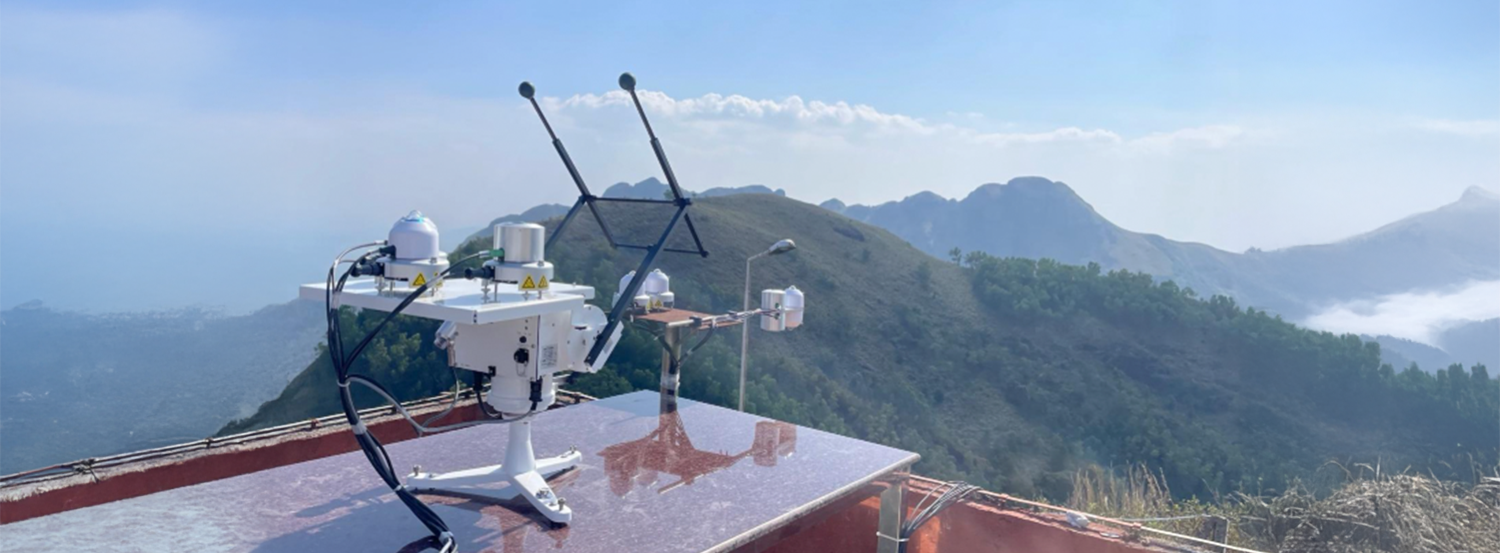EKO Instruments, in collaboration with Rational Technologies, has partnered with the Indian Institute of Space Science and Technology (IIST) to establish the Base Station Radiation Network in Valiamala, Kerala. Installed in November 2023, the project integrates advanced solar measurement instruments, including the STR-22G dual-axis Sun Tracker, MS-57 Class A Pyrheliometer, and various pyranometers and radiometers, to measure key solar radiation parameters such as GHI, DHI, DNI, UVA, and UVB. This initiative supports IIST’s research in solar energy, contributing to precise radiation assessment for scientific and technological advancements.


